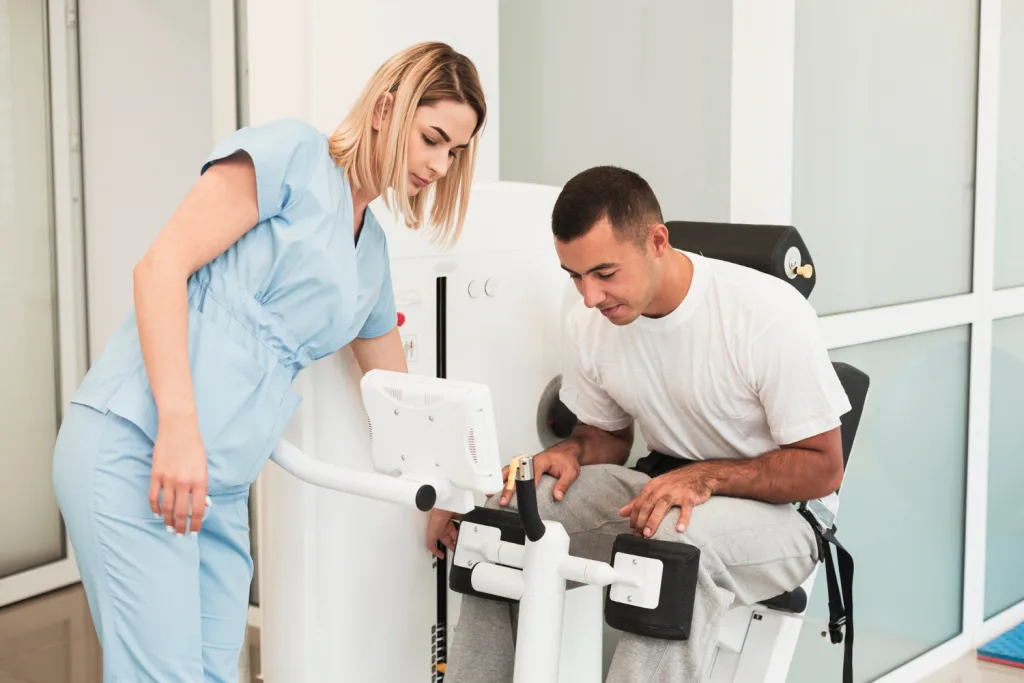What is Vestibular Rehabilitation Therapy ?
VRT involves exercises that help you manage dizziness and balance issues (imbalance). This therapy assist patients cope with the symptoms of conditions such as vertigo and labyrinthitis, with one of the main symptoms being dizziness.
Dizziness is a term used to describe everything from feeling faint or lightheaded to feeling weak or unsteady. Vertigo is the sense that you or your surroundings are spinning. Both of these issues affect your balance and ability to stay standing still and upright.
A few reasons for balance issues are as follows:
- Stroke
- Lack of physical activity/movement
- Aging
- Inner ear problems related to the vestibular system such as Meniere’s disease
- Arthritis
Symptoms can vary from acute to chronic, and in some circumstances, they can
indicate significant health threats.


